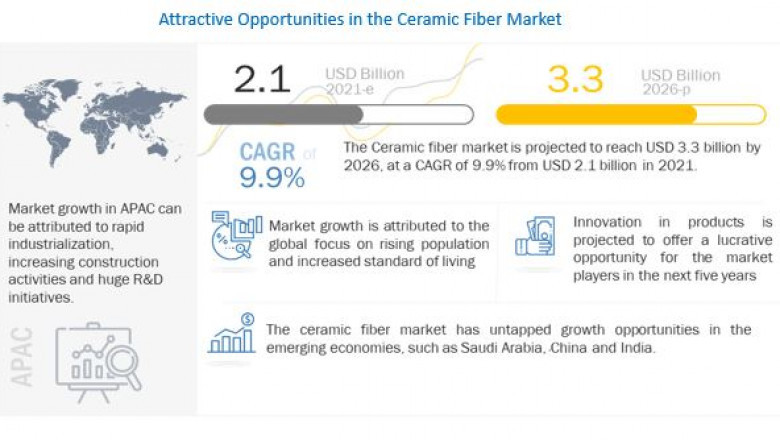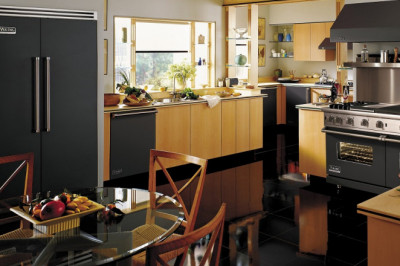views

According to the new market research report "Ceramic Fiber Market by Type (RCF, AES Wool), Product Form (Blanket, Module, board, Paper) End-use Industry (Refining & Petrochemical, Metals, Power Generation), and Region (APAC, Europe, North America, MEA, South America) - Global Forecast to 2026", the ceramic fiber market is projected to reach USD 3.3 billion by 2026, at a CAGR of 9.9% from USD 2.1 billion in 2021. Ceramic fiber is a type of fibrous and lightweight refractory material mainly consisting of alumina, silica, and other oxides in small proportions. Its low-density properties make it suitable for high-temperature applications that require low thermal mass. Ceramic fiber products exhibit thermal stability, good electrical insulation, strength, durability, design flexibility, and wear & corrosive resistance. Owing to their low thermal conductivity, ceramic fiber products minimize the heat dissipation from the furnace or kiln and help in overall energy-saving.
The dominance is expected to continue during the forecast period due to intensive R&D, increasing infrastructural development activities, and increasing awareness created by regulatory organizations, such as EPA and REACH, for environmental protection. Intensive R&D activities are being undertaken in countries, such as China and India. In addition, increasing construction activities to cater to the increasing population and high demand for lightweight and low-cost substitute products are fueling the growth of the ceramic fiber market in the region.












